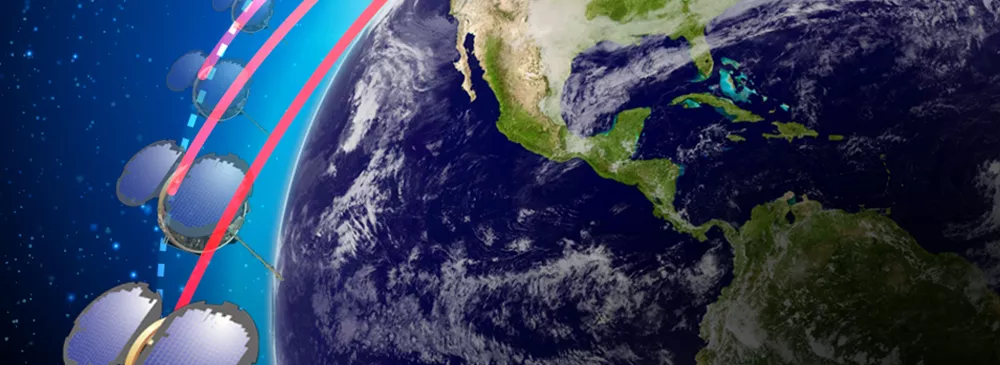
To promote a robust domestic commercial space industry and strengthen U.S. leadership as the country of choice for conducting commercial space activities, the National Space Policy directs agencies to purchase and use U.S. commercial space capabilities and services, to the maximum practical extent, when such capabilities and services meet government requirements.
NOAA’s Commercial Weather Data Pilot and Commercial Data Purchase programs are taking concrete steps to support the development of commercial markets for space-based weather data. As a result of these programs, NOAA is now using commercial satellite data to improve its operational weather forecasts.
NOAA has also traditionally purchased commercially available satellite imagery in support of ice monitoring, coastal surveying, disaster response, and other missions.
Statement on the release of the Radio Occultation Analysis of Alternatives Phase 1 Report Summary and Commercial Data Program RO Objectives

In January 2025, NOAA/NESDIS completed a Phase 1 of the Radio Occultation (RO) Analysis of Alternatives (AoA) to assess constellation concepts for Global Navigation Satellite System (GNSS) RO capabilities, as the set of six COSMIC-2 satellites reach the end of their operational life. The findings highlight the need for a sufficient number of well-distributed GNSS-RO observations, along with enhancement in data refresh rates and reduced latency. To effectively address these needs, NOAA plans to procure commercial RO data-as-a-service from diverse and coordinated orbits. Observations within the equatorial regions are especially important for improving latency and data refresh into weather prediction models.
NOAA will seek to increase RO commercial data acquisitions in the equatorial regions as COSMIC-2 degrades in addition to increasing RO commercial data purchases in the polar orbit. Focusing on diverse orbits with appropriate data latency will ensure continuous global geographic coverage and consistent local observation times, supporting NOAA’s weather modeling and space weather applications. NOAA plans to align with the Radio Occultation Modeling Experiment (ROMEX) study, which analyzes the impact of radio occultation data on forecasting and recommends a minimum of 20K RO profiles/day.
